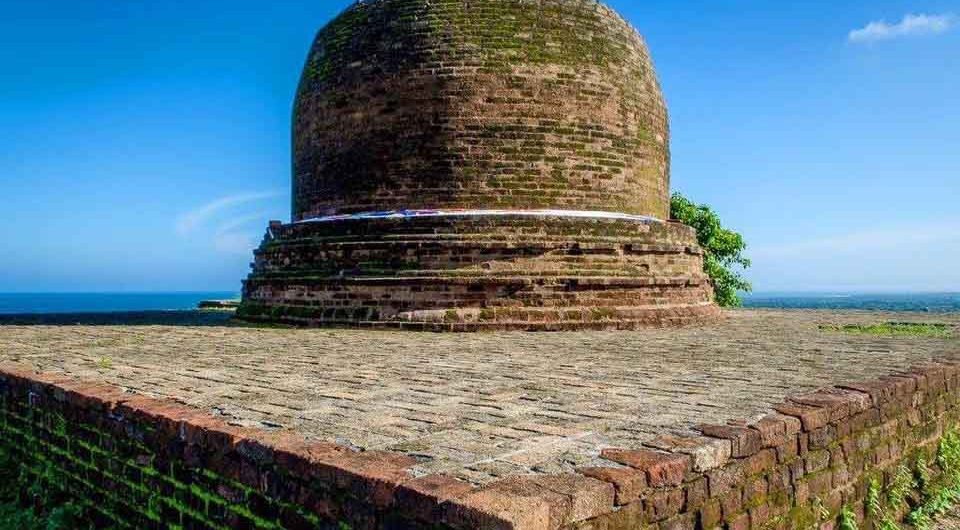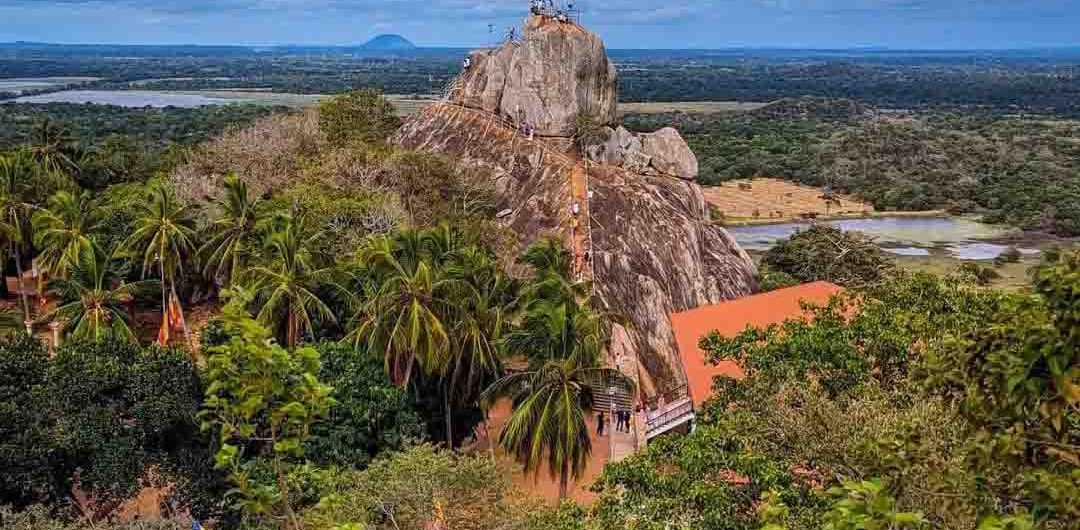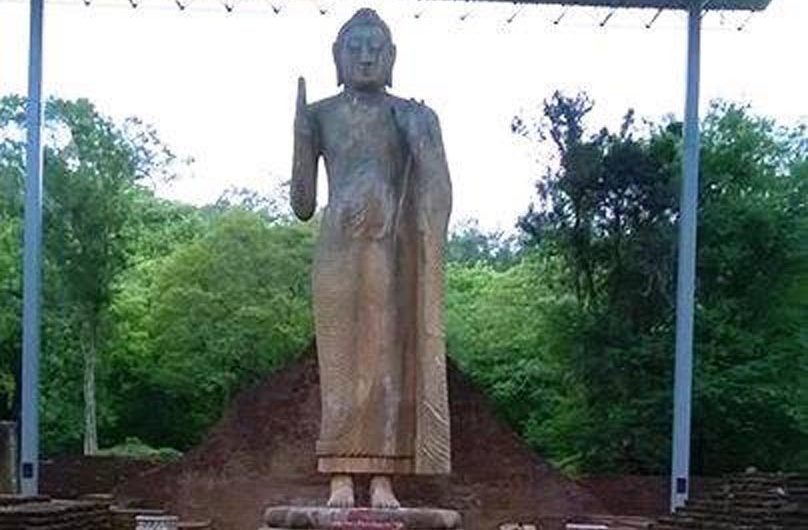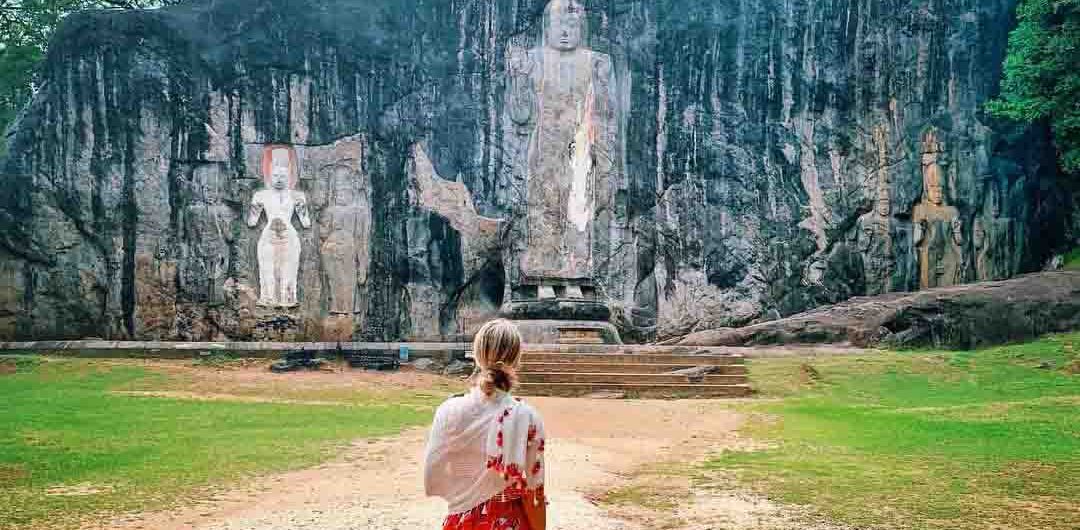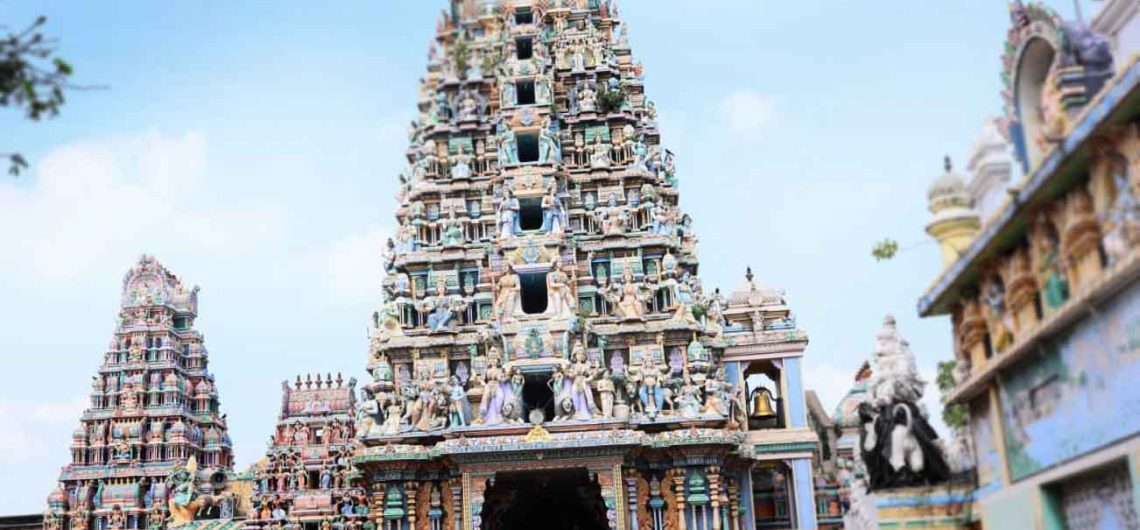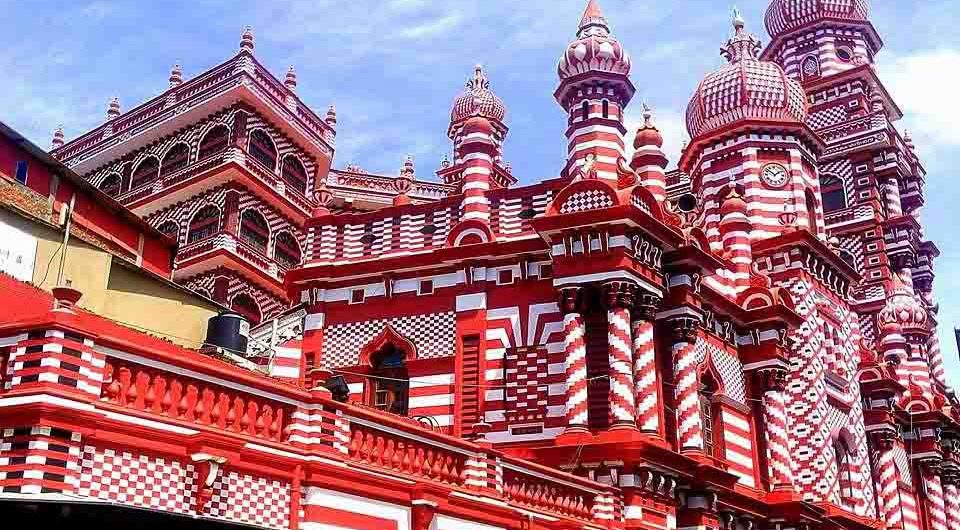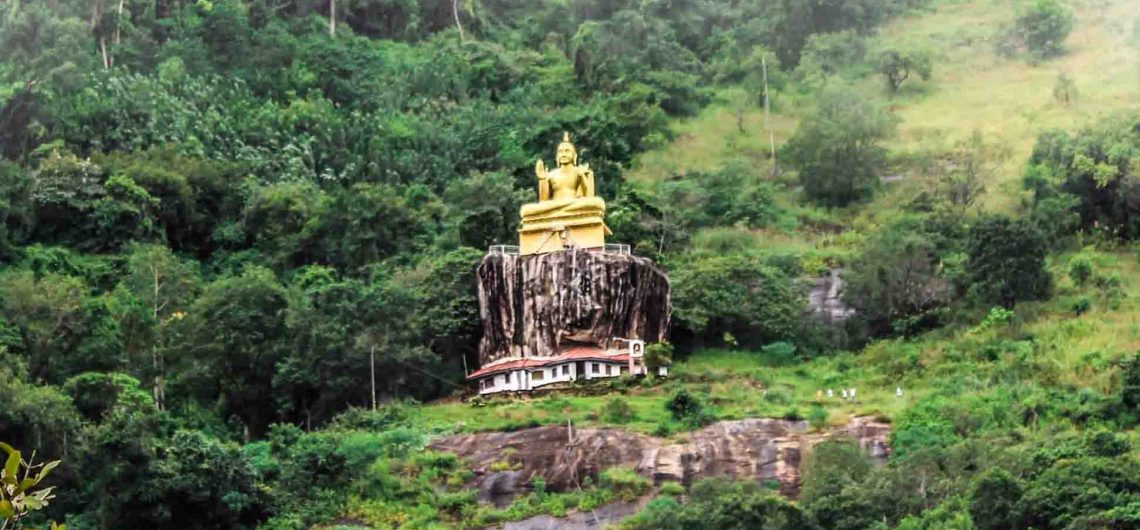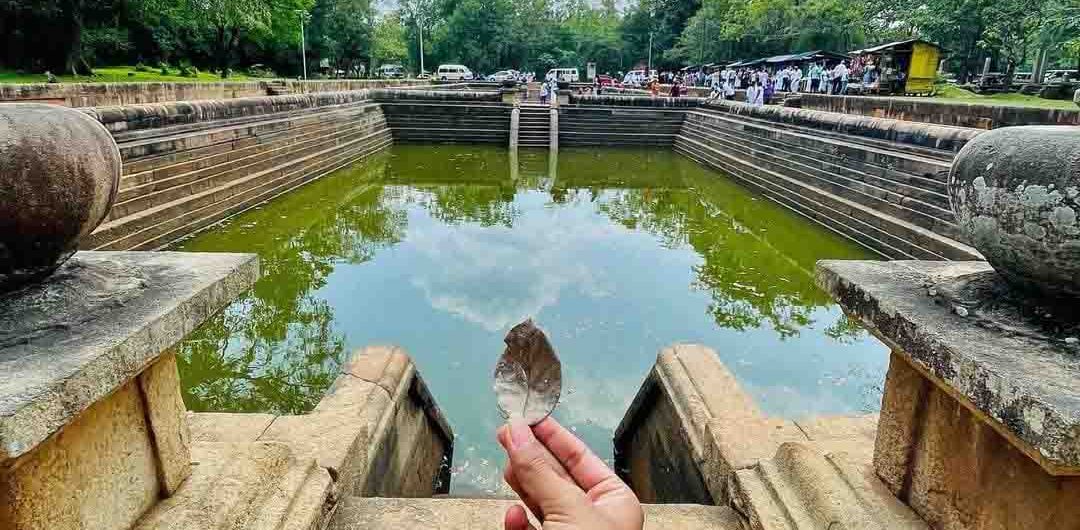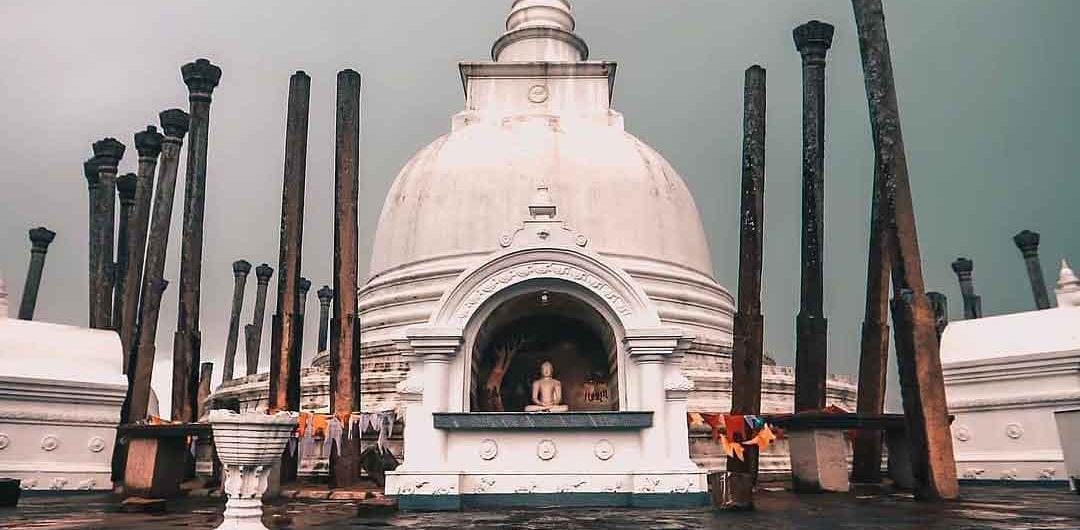Tucked away amidst the lush jungles bordering Kumana National Park lies Kudumbigala Monastery, a haven of serenity and historical significance for visitors seeking a unique experience in Eastern Sri Lanka. This ancient Buddhist monastery, dating back to the reign of King Devanampiyatissa in 246 BC, offers a glimpse into Sri Lanka’s rich past and a chance to commune with nature’s beauty.
For those seeking a tranquil escape, Kudumbigala Monastery is a perfect choice. Located approximately 17 miles (27 kilometers) from the popular Arugam Bay beach and 11 miles (18 kilometers) from Kumana National Park, it provides a serene counterpoint to the vibrant coastal scene. The journey itself is an adventure, as you navigate a scenic dirt road, passing through dense jungles that brim with exotic wildlife.
The historical value of Kudumbigala Monastery lies in its well-preserved caves, over 200 of which served as dwellings for Buddhist monks. The most striking feature, however, is the unique cylindrical dagoba, a monument enshrining relics, that stands atop the towering Kudumbigala rock. This dagoba is the only one of its kind in Sri Lanka, making the monastery a true archaeological treasure.
But what truly compels visitors to embark on the Kudumbigala exploration is the experience itself. The moderate hike up the rocky terrain, amidst the whispering palms and the cacophony of unseen birds, leads you to a vantage point offering breathtaking panoramic views. The surrounding jungles unfurl before you, while glimpses of the distant coastline add a touch of serenity. Here, amidst the whispering wind and the dappled sunlight filtering through the leaves, you can truly find peace and disconnect from the everyday hustle.
The surrounding wildlife adds another layer of wonder to your Kudumbigala experience. Elephants, sometimes spotted grazing in the distance, and the elusive calls of leopards from the deeper jungles create an atmosphere of untamed beauty. Birdwatchers will be delighted by the vibrant flocks flitting through the trees, while the keen observer might encounter monkeys swinging through the branches.
However, it’s important to remember that while the wildlife adds to the allure, safety comes first. It’s advisable to visit during the cooler mornings or evenings and avoid venturing out after dusk, especially if traveling alone. Always be mindful of your surroundings and maintain a safe distance from wild animals.
For those seeking a unique cultural and historical experience amidst the captivating beauty of Sri Lanka’s Eastern Province, Kudumbigala Monastery stands as a hidden gem. So, lace up your hiking boots, pack your sense of adventure, and prepare to be enthralled by this ancient haven cloaked in nature’s embrace.
.
.
(Cover Image Credit goes to the original owners)

